
The Lone Ranger is a fictional masked former Texas Ranger who fought outlaws in the American Old West with his Native American friend Tonto. The character has been called an enduring icon of American culture.

Bonanza is an American Western television series that ran on NBC from September 12, 1959, to January 16, 1973. Lasting 14 seasons and 431 episodes, Bonanza is NBC's longest-running Western, the second-longest-running Western series on U.S. network television, and one of the longest-running, live-action American series. The show continues to air in syndication. The show is set in the 1860s and centers on the wealthy Cartwright family, who live in the vicinity of Virginia City, Nevada, bordering Lake Tahoe. The series initially starred Lorne Greene, Pernell Roberts, Dan Blocker and Michael Landon and later featured Guy Williams, David Canary, Mitch Vogel and Tim Matheson. The show is known for presenting pressing moral dilemmas.
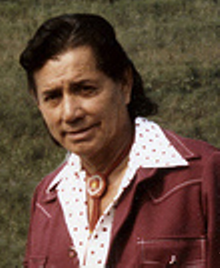
Jay Silverheels was an Indigenous Canadian actor and athlete. He was well known for his role as Tonto, the Native American companion of the Lone Ranger in the American Western television series The Lone Ranger.

Tonto is a fictional character; he is the Native American companion of the Lone Ranger, a popular American Western character created by George W. Trendle and Fran Striker. Tonto has appeared in radio and television series and other presentations of the characters' adventures righting wrongs in 19th-century western United States.

The Legend of the Lone Ranger is a 1981 American Western adventure film directed by William A. Fraker and starring Klinton Spilsbury, Michael Horse and Christopher Lloyd. It is based on the story of The Lone Ranger, a Western character created by George W. Trendle and Fran Striker.

Clayton Moore was an American actor best known for playing the fictional western character the Lone Ranger from 1949 to 1952 and 1953 to 1957 on the television series of the same name and two related films from the same producers.
John Devereaux Wrather Jr., was an entrepreneur and petroleum businessman who became a television producer and later diversified by investing in broadcast stations and resort properties. He is best known for producing The Lone Ranger, Sergeant Preston of the Yukon, and Lassie television series in the 1950s as well as marrying actress Bonita Granville.
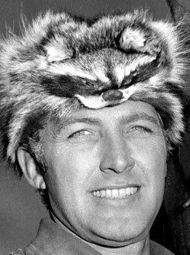
John Lewis Hart, also credited as John Hilton, was an American film and television actor. In his early career, Hart appeared mostly in westerns. Although Hart played mostly minor roles in some fairly well known films, he was probably best known for playing the character Hawkeye in the TV series Hawkeye and the Last of the Mohicans and replacing Clayton Moore in the television series The Lone Ranger for one season (1952–53).

John Frederick "Fred" McCarthy, known professionally as John Todd, was an American actor.

Cheyenne is an American Western television series of 108 black-and-white episodes broadcast on ABC from 1955 to 1962. The show was the first hour-long Western, and was the first hour-long dramatic series of any kind, with continuing characters, to last more than one season. It was also the first series to be made by a major Hollywood film studio which did not derive from its established film properties, and the first of a long chain of Warner Bros. original series produced by William T. Orr.

The Tarzan/Lone Ranger Adventure Hour is an animated television series produced by Filmation that aired on CBS during the early 1980s.
George Washington Trendle was an American lawyer and businessman, best known as the producer of the Lone Ranger radio and television programs along with The Green Hornet and Sergeant Preston of the Yukon.
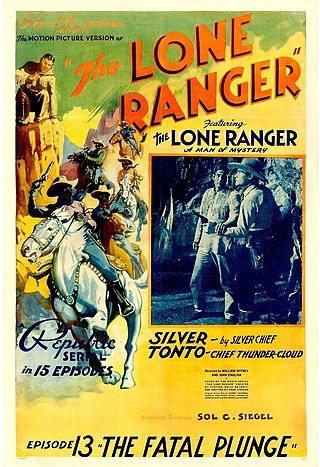
The Lone Ranger is a 1938 American Republic Pictures movie serial based on The Lone Ranger radio program. It was the ninth of the sixty-six serials produced by Republic, the fourth Western and the first Republic serial release of 1938. The following year a sequel serial The Lone Ranger Rides Again was released. The fifteen chapters of the serial were condensed into the film Hi-Yo Silver, which was released in 1940.
Steve Donovan, Western Marshal is an American Western television series that aired in syndication from September 24, 1955 to June 6, 1956.
The Lone Ranger is an American animated television series that ran 26 episodes Saturday mornings on CBS from September 10, 1966, to September 6, 1969. The series was produced by Herb Klynn and Jules Engel of Format Films, Hollywood, and designed and made at the Halas and Batchelor Cartoon Film studios in London, England & Artransa Park Film Studios in Australia.
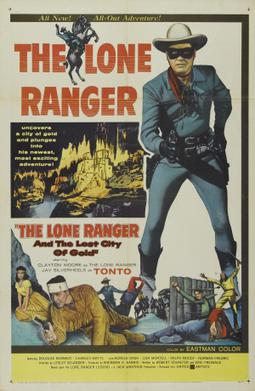
The Lone Ranger and the Lost City of Gold is a 1958 American Western film in Eastmancolor released by United Artists. The second of two theatrical features specifically based on and continuing the TV show The Lone Ranger it stars Clayton Moore and Jay Silverheels, reprising their roles from the TV series. The first feature film was 1956's The Lone Ranger. No further films based on this specific version of the characters were made after this one.

The Lone Ranger is a 2003 American western action television film. It was an attempt by The WB to revive the Lone Ranger franchise for a new generation. The character first appeared in 1933 in a radio show conceived either by WXYZ (Detroit) radio station owner George W. Trendle, or by Fran Striker, the show's writer. The radio series proved to be a hit and spawned a series of books, an equally popular television show that ran from 1949 to 1957, comic books, and several movies.
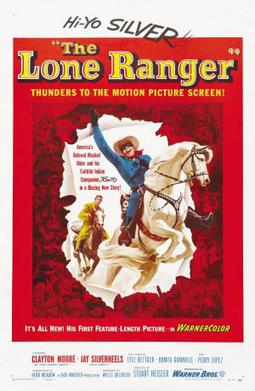
The Lone Ranger is a 1956 Western film based on The Lone Ranger television series starring Clayton Moore and Jay Silverheels. The Lone Ranger was the first of two theatrical features based on the series; it was followed by The Lone Ranger and the Lost City of Gold in 1958.
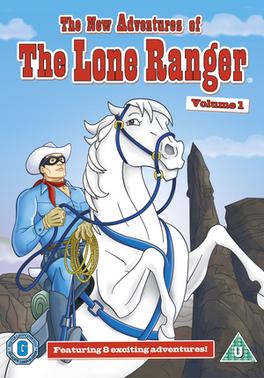
The Lone Ranger is an American animated television series produced by Filmation in 1980. The series ran for 28 episodes over two seasons on CBS as part of The Tarzan/Lone Ranger/Zorro Adventure Hour.















